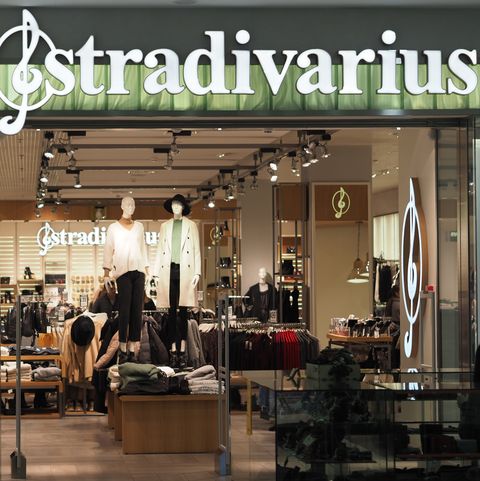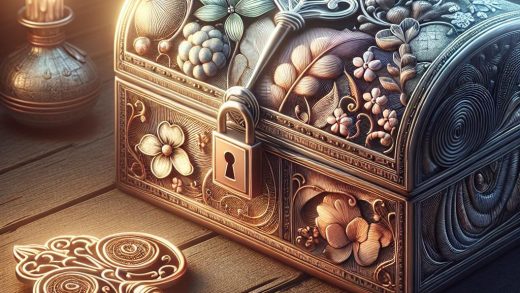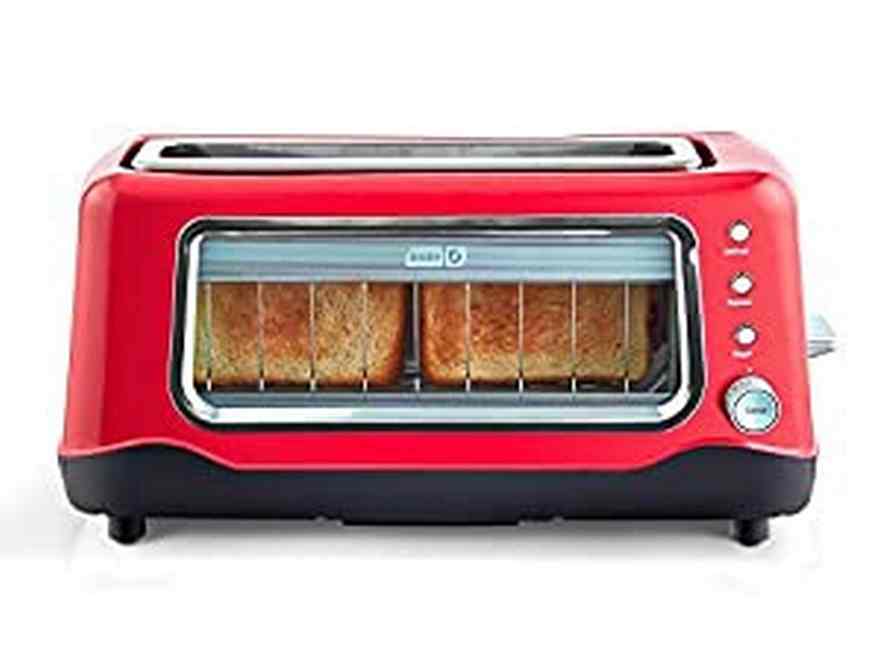Unlock Value: Trade Your Old Items for Cash or Credit Towards New Treasures
In a world constantly in flux, where trends come and go like the seasons, many of us find ourselves surrounded by items that once sparkled with promise but now gather dust in the corners of our homes. What if those forgotten treasures could be transformed into tangible value? The rising culture of recycling and reusing is more than just an eco-friendly trend; it’s an opportunity to declutter, refresh, and reinvest in what truly matters. From vintage clothing and electronics to furniture and collectibles, a multitude of options exists for trading your old items for cash or credit towards new finds. In this article, we’ll explore how you can unlock the hidden potential of your belongings, navigate the various avenues for trading, and discover the joy of turning yesterday’s memories into tomorrow’s treasures. Join us on this journey of renewal and reinvention, where each item you trade brings you one step closer to a fresh start.
Discovering Hidden Gems in Your Home
As you comb through your belongings, consider that the forgotten items nestled in the corners of your home are not merely clutter but opportunities waiting to be unlocked. Many treasures might hold significant value, whether they are vintage clothes, electronics, or even collectibles that have been gathering dust. With a little creativity, you can turn these hidden gems into cash or credit towards something new and exciting. Here are a few ideas to help you assess and trade your unwanted items:
- Vintage Clothing: Explore local consignment shops or online platforms where retro fashion thrives.
- Electronics: Check out trade-in programs for smartphones and gadgets you no longer use.
- Collectibles: Join online forums or auctions to find enthusiasts willing to pay for rare items.
- Furniture: Upcycle or refurbish pieces and sell them to those seeking unique home decor.
Not all hidden treasures are tangible; some can be efficacy unleashed through strategic trading practices. When contemplating which items to part with, consider both their monetary and sentimental values. Below is a simple table showcasing common household items and their potential worth, guiding you to make informed choices:
| Item | Potential Value | Best Trading Option |
|---|---|---|
| Vintage Vinyl Records | $20 – $200 | Record Stores / Online Auctions |
| Smartphone (2+ years old) | $50 – $300 | Trade-In Programs |
| Designer Handbags | $100 – $1000+ | Consignment Shops |
| Old Books | $5 – $100 | Local Bookstores / Online Resale |
Maximizing Returns: Best Practices for Trading In
Trading in your old items can be a rewarding endeavor when approached strategically. To ensure you get the most value possible, start by thoroughly researching the current market trends for the items you wish to sell. Understanding demand can help you set realistic expectations about how much cash or credit you should anticipate. Some effective strategies include:
- Condition Check: Ensure items are clean and in good working order before trading.
- Timing Matters: Capitalize on seasonal demand fluctuations to maximize your returns.
- Bundle Offers: Consider grouping multiple items together to create better value propositions.
Further enhancement to your trading experience can come from leveraging various platforms and methods. You can utilize online marketplaces, local consignment shops, or trade-in programs offered by major retailers. Each option may provide different benefits, so compare the following:
| Trading Method | Pros | Cons |
|---|---|---|
| Online Marketplace | Wider audience, potential for higher sale price | Time-consuming, shipping costs |
| Consignment Shops | Local exposure, easier transactions | Commission fees, lower price offers |
| Retail Trade-In Programs | Convenience, immediate credit | Lower valuation, limited item eligibility |
By exploring these aspects, you can strategically trade in your possessions, allowing you to unlock value from old treasures and invest in exciting new finds while maximizing your returns.
Navigating Options: Choosing Between Cash and Credit
When you find yourself with old items that no longer serve a purpose, deciding between cash and credit can be an enticing yet challenging prospect. **Cash offers immediate gratification**, allowing you to pocket a tangible return that can be spent however you wish. This option is particularly appealing for those who prefer to see instant results and have the freedom to allocate their funds without restrictions. On the other hand, **credit towards new treasures can bring added value**, giving you the chance to offset the cost of items you are eager to acquire. This is especially beneficial if you already have your eye on something special in the store, turning your old goods into a pathway for upgrading your possessions.
To assist in your decision-making process, consider weighing the following factors:
- Urgency: Do you need the funds right away, or can you wait for a potential discount on future purchases?
- Value of New Items: Is the item you want significantly more valuable than the cash offer?
- Sentimental Value: Are your old items worth more to you emotionally than their cash equivalent?
Ultimately, understanding your personal needs and preferences will help guide your choice. Below is a simple comparison to crystalize your thoughts on the benefits of both options:
| Options | Pros | Cons |
|---|---|---|
| Cash | Immediate return, flexible spending | May not leverage the value of your items fully |
| Credit | Potential discounts, encourages new purchases | Restricted to specific stores or items |
Insights and Conclusions
In a world where clutter often masquerades as nostalgia, the journey of unlocking value from your old items opens a gateway to new possibilities. By trading your once-loved possessions for cash or credit, you not only declutter your space but also invest in fresh experiences or cherished treasures. Embracing this sustainable practice not only promotes a circular economy but also invigorates our connection to the things we choose to bring into our lives. So, as you sift through your belongings, remember: every item holds potential. Whether it’s a beloved book, an unused gadget, or fashion that no longer fits, each piece can pave the way for something new. Take that step, trade, and watch as value unfolds in delightful and unexpected ways. The treasures of tomorrow are just a transaction away—unlock their potential today.



















